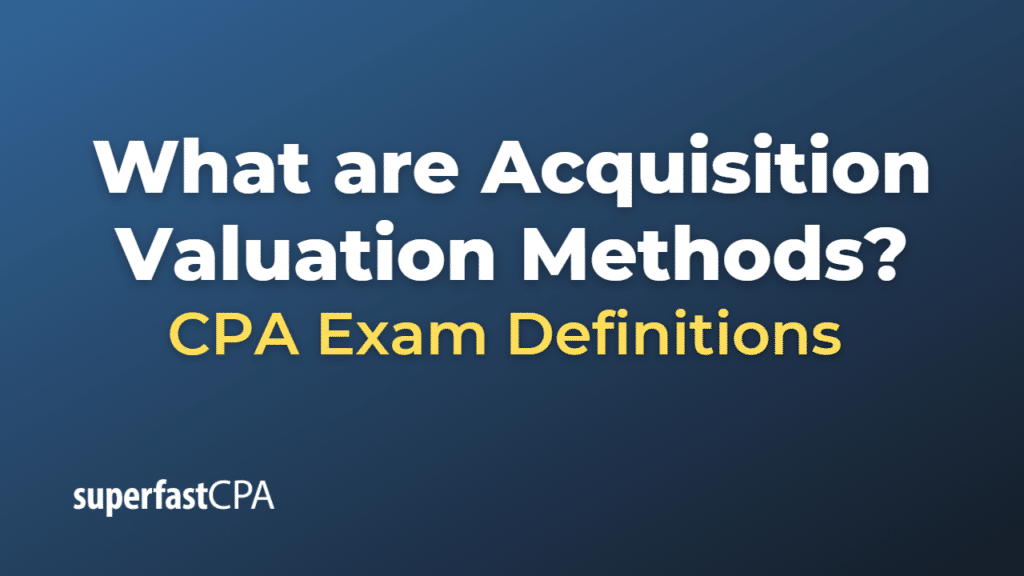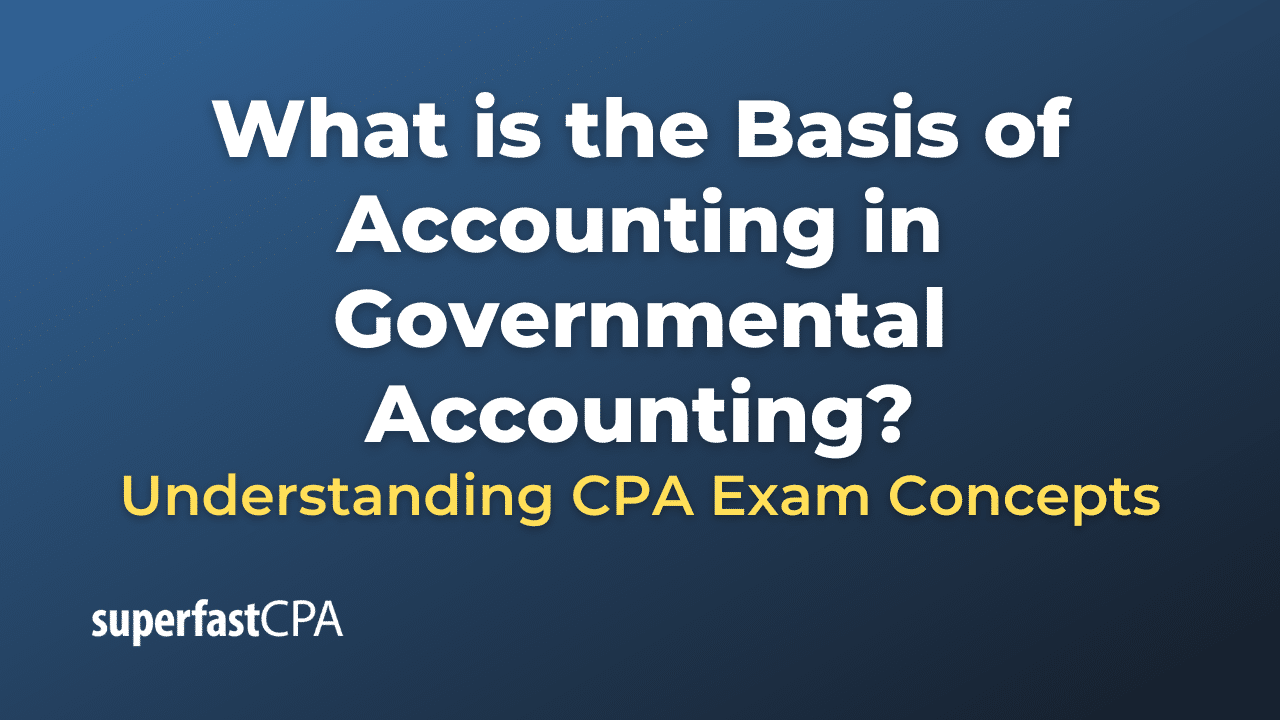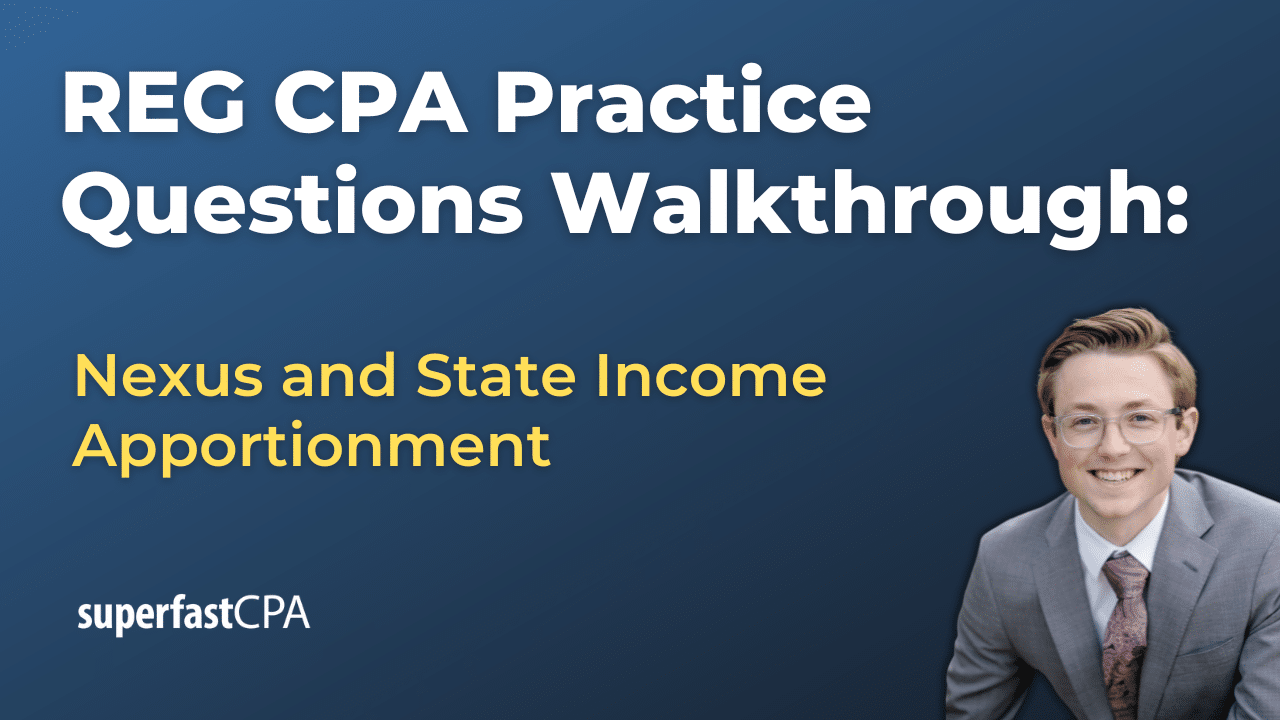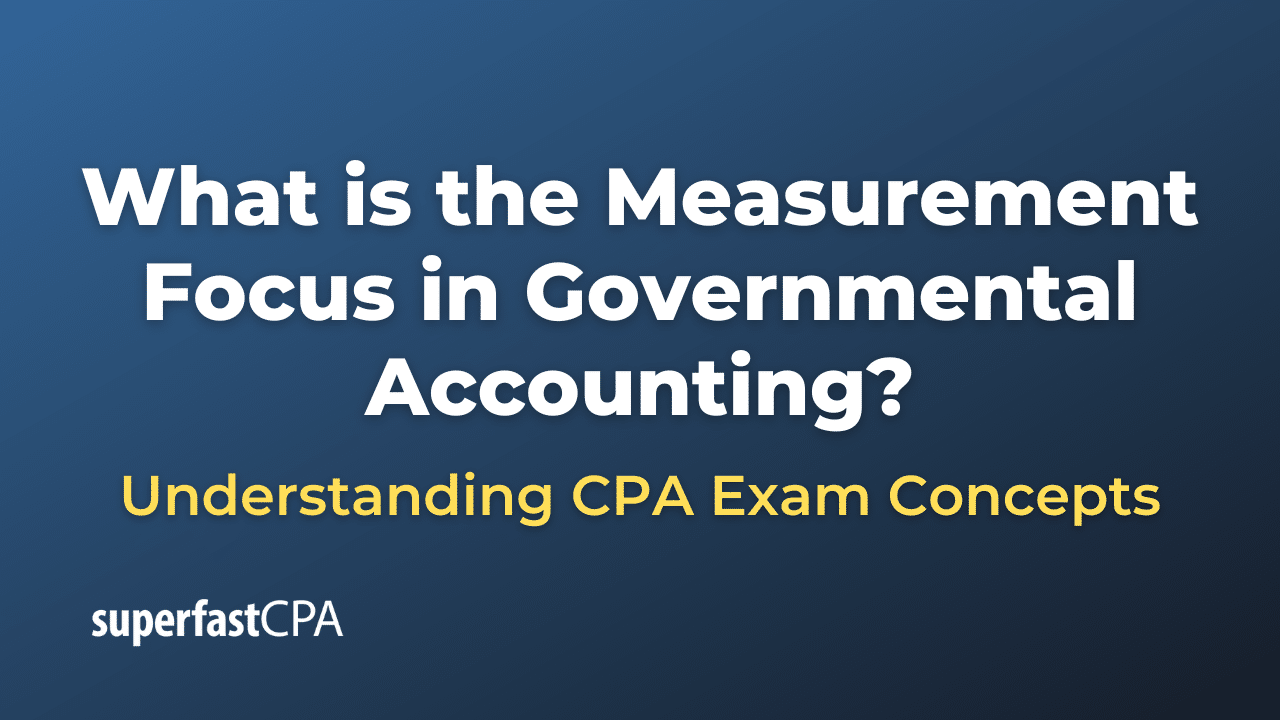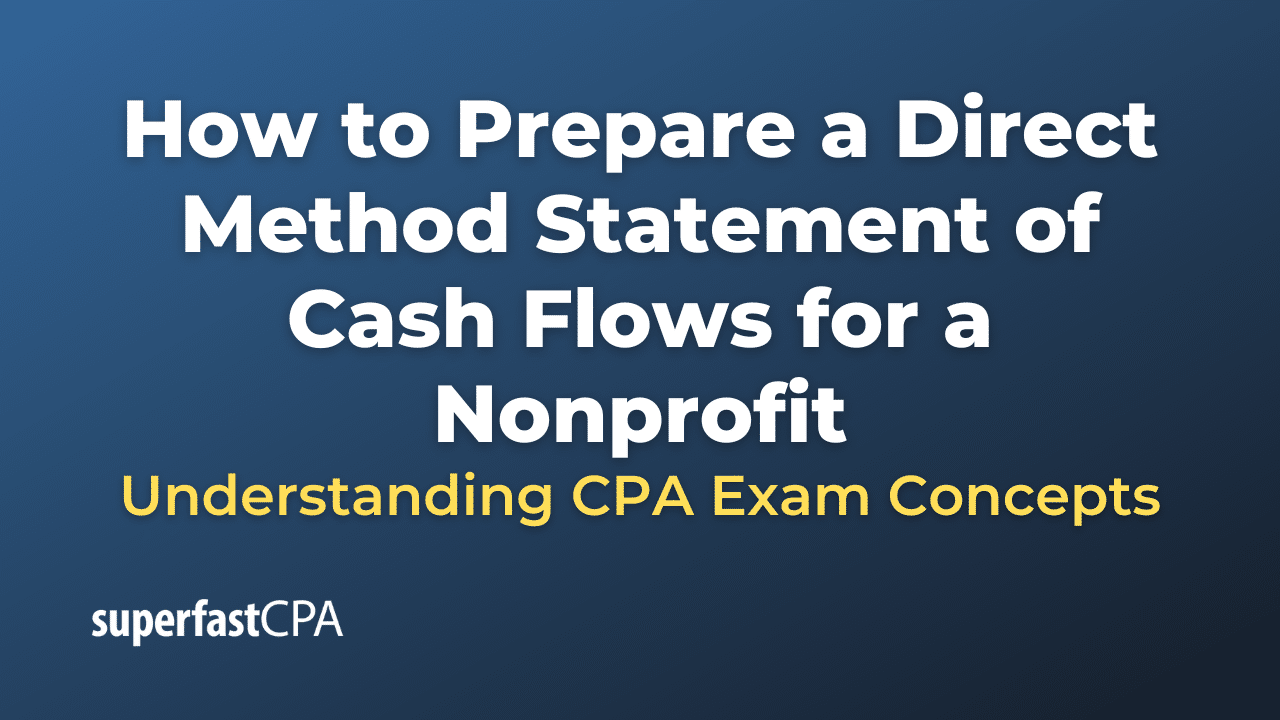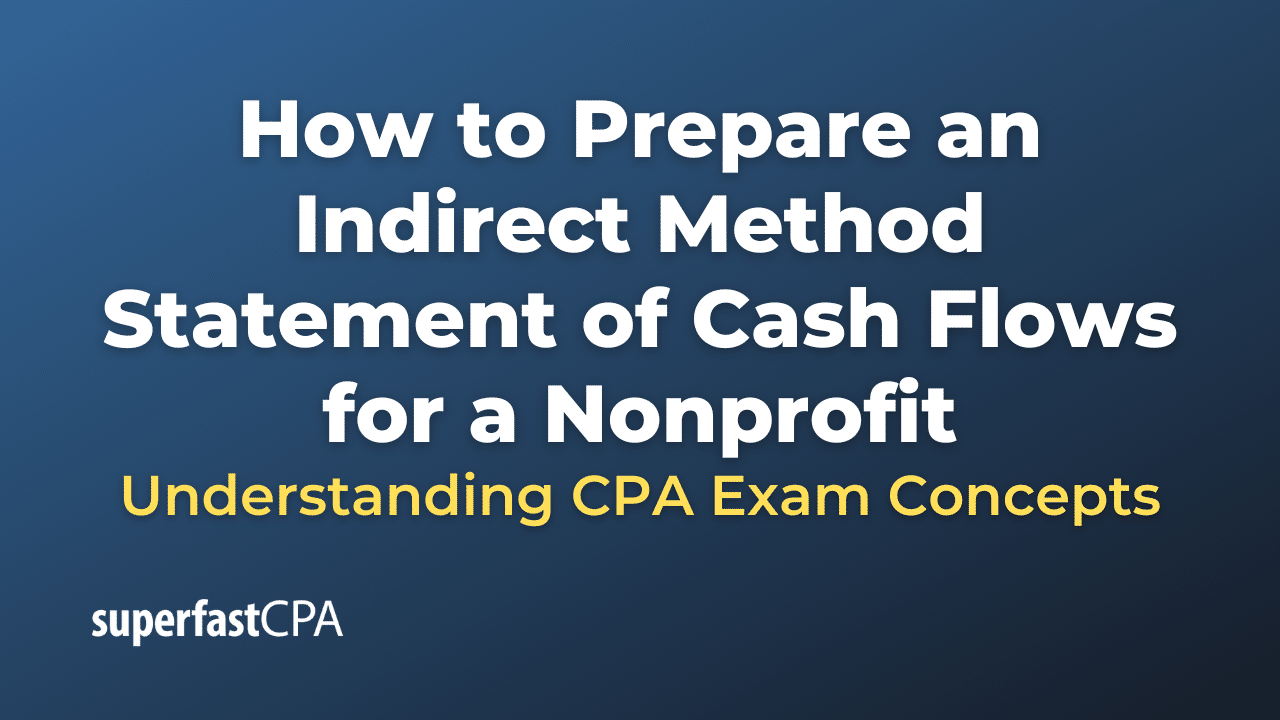Acquisition Valuation Methods
Acquisition valuation methods are used to determine the value of a target company during an acquisition or merger process. These methods help the acquiring company decide whether the acquisition is worthwhile and at what price they should proceed. There are several widely used acquisition valuation methods:
- Discounted Cash Flow (DCF) Analysis: The DCF method estimates the value of the target company by forecasting its future cash flows and discounting them back to the present value. The discount rate used is typically the weighted average cost of capital (WACC) of the target company, which reflects the risk associated with the investment.
- Comparable Company Analysis (CCA): The CCA method compares the target company to other similar, publicly traded companies in the same industry. By looking at valuation multiples such as price-to-earnings (P/E), price-to-sales (P/S), and enterprise value-to-EBITDA (EV/EBITDA), the acquiring company can determine a fair value for the target company based on market valuations.
- Precedent Transaction Analysis (PTA): The PTA method analyzes previous transactions involving companies similar to the target company, focusing on the transaction multiples paid in those deals. This method helps the acquirer understand what other buyers have been willing to pay for similar companies in the past and can provide insights into industry-specific valuation trends.
- Asset-Based Valuation: This method estimates the value of the target company by adding up the fair market value of its individual assets and subtracting its liabilities. This approach is particularly useful for companies with significant tangible assets, such as real estate or manufacturing businesses.
- Replacement Cost Valuation: This method estimates the cost of building a similar company from scratch by considering the costs of acquiring or developing the target’s assets, customer base, and other key elements. This method can be useful for understanding the barriers to entry and competitive advantages of the target company.
These valuation methods can be used individually or in combination to provide a comprehensive assessment of the target company’s value. The choice of methods will depend on the specific circumstances of the acquisition, the target company’s industry, and the availability of information.
Example of Acquisition Valuation Methods
Let’s assume Company A is interested in acquiring Company B, a smaller company in the same industry. Company A wants to determine the fair value of Company B using a combination of valuation methods. Here’s a simplified example of how each method might be applied:
- Discounted Cash Flow (DCF) Analysis: Company B is projected to generate cash flows of $1 million per year for the next five years. Using a discount rate of 10% (the weighted average cost of capital for Company B), the present value of these cash flows is calculated as follows:
Year 1: $1,000,000 / (1+0.1)^1 = $909,091 Year 2: $1,000,000 / (1+0.1)^2 = $826,446 Year 3: $1,000,000 / (1+0.1)^3 = $751,315 Year 4: $1,000,000 / (1+0.1)^4 = $683,013 Year 5: $1,000,000 / (1+0.1)^5 = $620,921
Total present value of cash flows = $3,790,786
- Comparable Company Analysis (CCA): Company A identifies three publicly traded companies similar to Company B. The average EV/EBITDA multiple for these comparable companies is 8x. Company B’s EBITDA is $500,000, so the CCA valuation would be:
8 x $500,000 = $4,000,000
- Precedent Transaction Analysis (PTA): Company A researches three previous acquisitions of similar companies and finds that the average transaction multiple paid was 7x EBITDA. Using this multiple, the PTA valuation would be:
7 x $500,000 = $3,500,000
- Asset-Based Valuation: Company B has total assets of $5,000,000 and total liabilities of $2,500,000. The asset-based valuation would be:
$5,000,000 – $2,500,000 = $2,500,000
Based on these valuations, Company A could determine a range of values for Company B:
- DCF: $3,790,786
- CCA: $4,000,000
- PTA: $3,500,000
- Asset-Based: $2,500,000
Company A might consider these valuations, along with strategic fit and other factors, to determine a fair acquisition price for Company B. The final price might be an average of these valuations or a negotiated value based on the specific circumstances of the acquisition.

